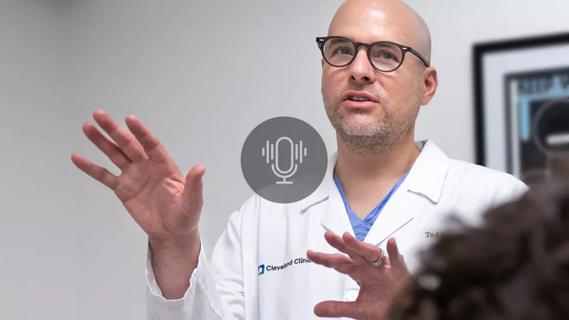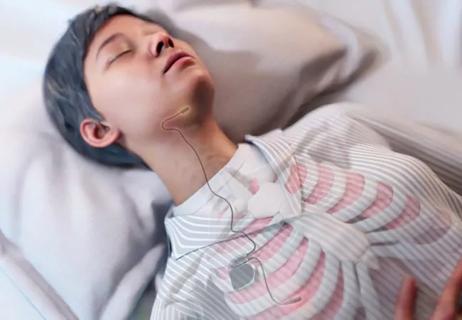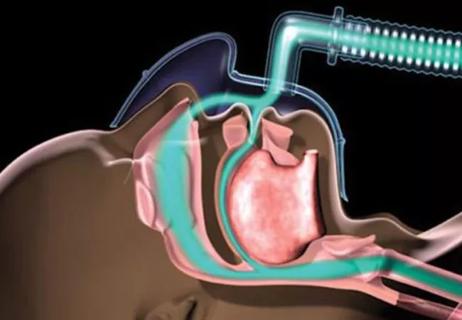Novel procedures provide options for patients who can’t tolerate CPAP
Obstructive sleep apnea affects millions of people in the United States. Although continuous positive airway pressure (CPAP) remains the gold standard treatment, newer therapies – such as hypoglossal nerve stimulation – provide options for patients that can’t tolerate CPAP.
Advertisement
Cleveland Clinic is a non-profit academic medical center. Advertising on our site helps support our mission. We do not endorse non-Cleveland Clinic products or services. Policy
“I think it’s an exciting time right now for patients that are looking for alternative therapies for obstructive sleep apnea,” says Vaibhav Ramprasad, MD, an otolaryngologist – head and neck surgeon in at Cleveland Clinic who specializes in surgical sleep and snoring treatment. “While hypoglossal nerve stimulation is one of the mainstay treatments as an alternative for CPAP, we have a wide array of surgeries we can offer.”
In a recent episode of Cleveland Clinic’s Head and Neck Innovations podcast, Dr. Ramprasad provides insight on the latest innovations in surgical sleep. He delves into:
Click the podcast player above to listen to the episode now, or read on for a short edited excerpt. Check out more Head and Neck Innovations episodes at clevelandclinic.org/podcasts/head-and-neck-innovations or wherever you get your podcasts.
Podcast host Paul Bryson, MD, MBA: What are the steps or the qualifications to become a candidate to get a hypoglossal nerve stimulator? You mentioned CPAP intolerance, but there's probably more.
Vaibhav Ramprasad: Absolutely. So yeah, CPAP intolerance is sort of the main criteria in patients with obstructive sleep apnea. And I just want to emphasize also that while this is really exciting therapy, for patients that really are able to tolerate CPAP, CPAP is still sort of the gold standard for obstructive sleep apnea. We know we have a great body of evidence that suggests that it improves the daytime symptoms associated with sleep apnea, as well as some of the real cardiovascular risk factors that you see associated with it.
Advertisement
Obviously, there are patients that try CPAP and aren't able to tolerate it. And from a criteria standpoint, when the therapy first came out, there was a BMI cutoff of less than 35 and an AHI, which is the apnea-hypopnea index, between 15 and 65 per hour. That's actually been very recently – over the last couple months or so – liberalized. So, the BMI cutoff is now 40 or below, and the AHI is 15 to 100.
I think at this juncture though, from a practical standpoint, insurance companies have not really caught up to that new FDA guideline or the new FDA change in inclusion criteria. So, they're still relying on the older criteria. But I'm thinking hopefully soon it'll be liberalized from an insurance standpoint to be able to cover patients for the surgery as well.
Advertisement
Advertisement

HNS device offers new solution for those struggling with CPAP

A deep dive into the evolution of surgical sleep therapy

Study shows comparable success rates to tongue base dependent epiglottic collapse

Cleveland Clinic study finds that durable weight loss is key to health benefits

A look at how custom-fitted oral appliances work and when they’re a good fit for patients

For patients with moderate to severe OSA who are intolerant of traditional CPAP therapy, HNS may provide a welcome improvement to QoL

Device features, desensitization strategies can help

Screening tool helps flag conditions that warrant further attention